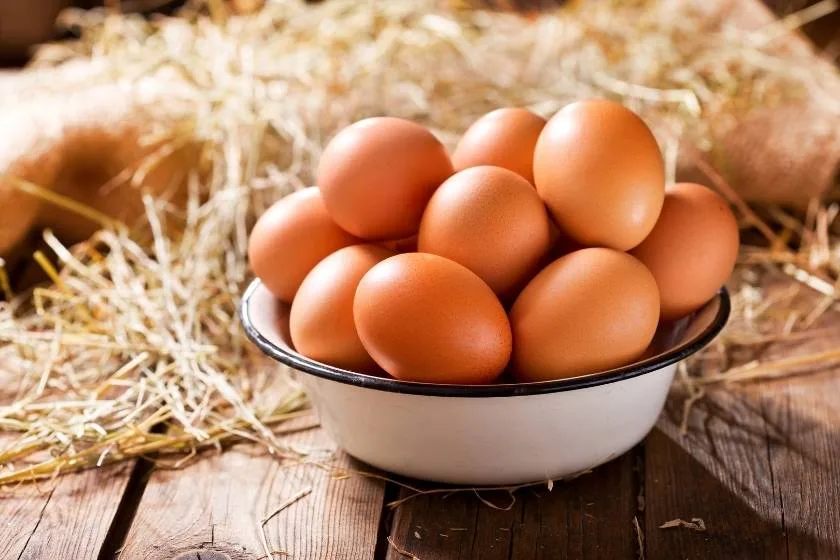Eggs are an indispensable part of our kitchens and an important source of our daily nutrition. However, it can sometimes be difficult to be sure of the freshness of the eggs we buy from the market or forgotten in the fridge. You can prepare delicious meals without risking your health with simple methods that you can apply at home to understand the difference between fresh eggs and stale eggs. In this article, we will share the golden rules of understanding the freshness of eggs and tests that you can easily apply at home.
Water Test Eggs Floating in a Sea of Freshness
One of the simplest ways to test the freshness of eggs is the water test. Fill a clean container with water and drop the egg into it. Fresh eggs sink to the bottom of the water and lie on their side, while slightly old eggs sink to the bottom but one end rises slightly. Stale eggs rise or float to the surface of the water. This method is based on the fact that the air sac inside the egg grows over time and the density inside the egg decreases. With this simple test, you can quickly tell whether the egg is fresh or not.
Light Test
Another old but effective method is the light test. For this test, hold the egg in front of a torch or a small lamp. A fresh egg will transmit light uniformly and the yolk will be clearly visible. A stale egg, on the other hand, will show a large air space around the yolk and the light will pass through more diffusely. This test gives an idea of freshness by observing the internal structure of the egg.
Shake Test: Sounds from Inside
You can also check the freshness by gently shaking the egg. If you hear a movement like the sound of water, this is a sign that the egg is stale. A fresh egg will not make any noise when shaken because it is full. This method works particularly well when you want to test a few eggs quickly.
Shell and Internal Structure: Visual Inspection
When you crack the egg, you should see that the shell does not break easily and that the yolk is high and the white is clear and firm. In stale eggs, the white is more liquid and spread out, while the yolk is low and spread out. The yolk of a fresh egg is vibrant and round, while the yolk of a stale one is pale and shapeless.
Last Words Freshness is Everything
With these simple methods of determining the freshness of eggs, you can proceed with confidence in your kitchen. Using fresh eggs improves both the flavour and nutritional value of your dishes. By applying these methods regularly, you can make sure that your eggs are always fresh. Remember, the secret to healthy and delicious meals is fresh ingredients.

